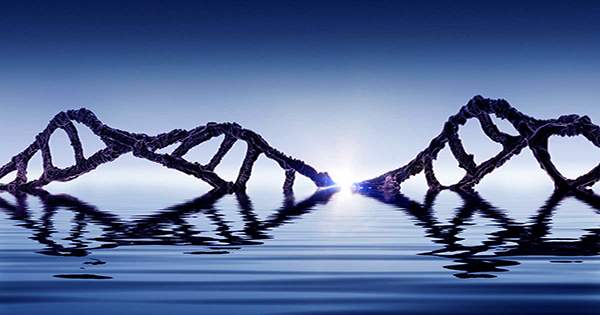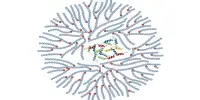Chemists have found a possible explanation for one of the largest holes in the theory of how life began. We still lack a complete solution about the presence of life, but every step forward is huge news when the question you are tackling is as significant as this. Creationists love to ridicule scientists, citing their inability to explain how biologists can derive life from living chemicals.
Several competitive theories have been presented, none of which are complete. The most popular is known as the RNA World Hypothesis, which combines pre-existing chemicals to form RNA strands, which replicate them and achieve increasing complexity.
RNA is made up of four nucleotides; Adenine, guanine, cytosine, and uracil. Chemists began trying to replicate planetary conditions 4 billion years ago to see if these molecules could be made without help.
Harvard University’s Professor Jack Szostak and graduate student Seohyun Kim write in the Proceedings of the National Academy of Sciences, “Significant progress has been made towards the possible prebiotic synthesis of [cytosine and uracil].” Adenine and guanine are a separate matter. With the exception of pre-existing life forms, the reactions designed for their production are inconsistent with RNA formation and they are slightly immersed in by-products. Since four-letter codes are required, this is a problem.
One way around this is if the original forms of proto-RNA do not use the modern four nucleotides, starting with something simple and switching to something original once life is over. Szostak, Kim, and co-authors attempted to estimate RNA using a class of molecules known as 8-oxo-purines, which are similar to RNA components but have recently been shown to be more easily produced.
Proto-RNA does not work very well using Szostak and Kim 8-oxy-purine, replicating slowly and incorrectly. However, at the same time, the pair also searched for a different version, basically as a control. This comparative version, which used molecular inosine instead of guanosine, behaved in all manner of RNA, avoiding degradation and replicating faster with higher accuracy than inosine -containing versions.
The authors write; “We suggest that inosine could have acted as a sergeant for guanosine in the early stages of life.” We have not yet managed to produce inosine by non-biological means, but the paper notes that it can easily be made from adenine. Clearly, this raises the question of where the more important adenine comes from, but it is better to have one problem than two. Once this is resolved, an explanation of how and why a complete story of the origin of life, from the presence of inosine in the core components of RNA, was transferred to guanosine is required.
















